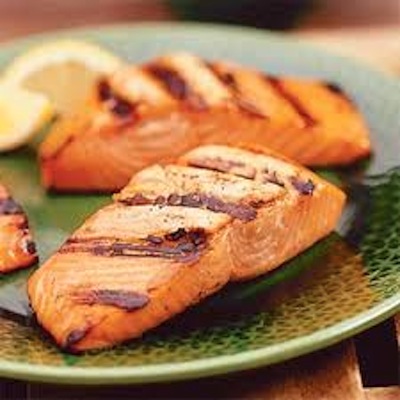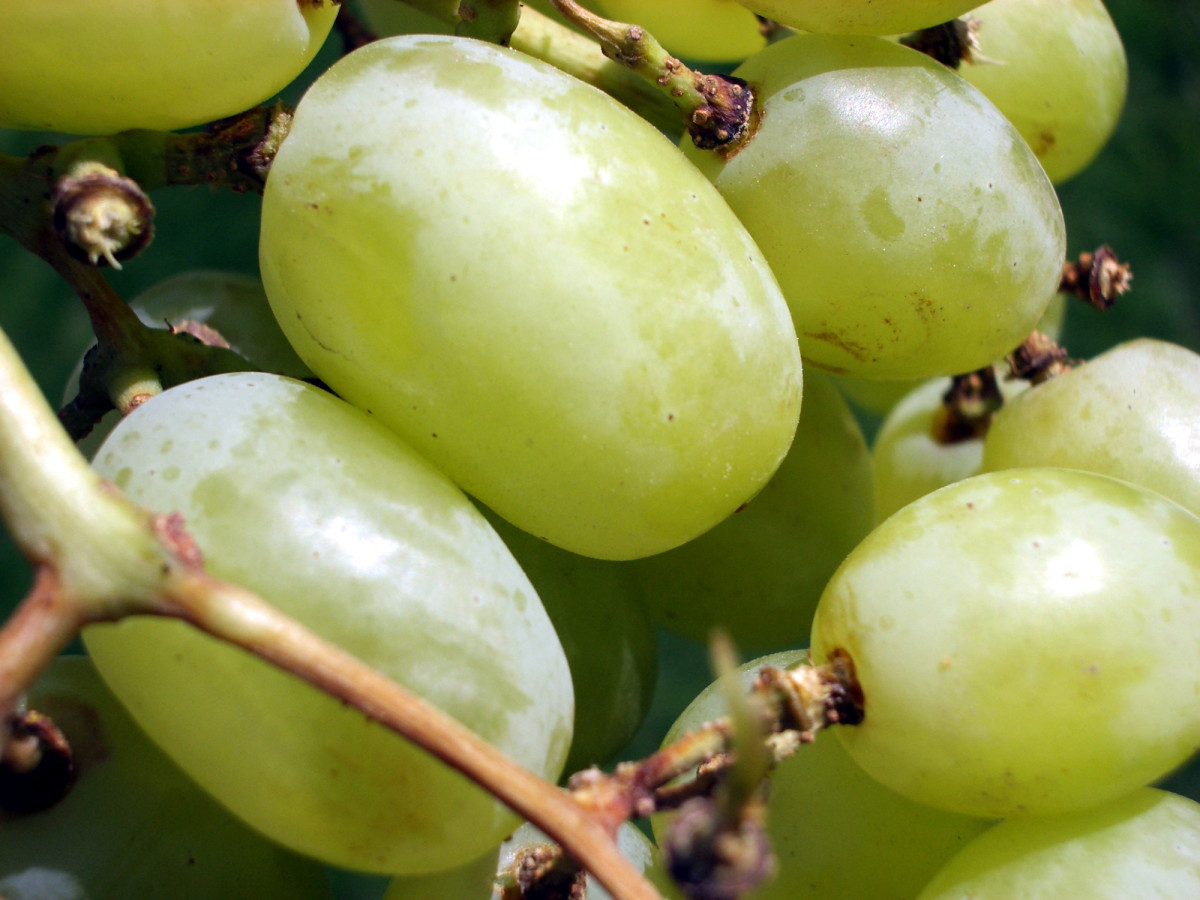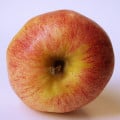All Salmon Is NOT The Same!

Many people think that Salmon is Salmon, but as you will soon learn, nothing could be further from the truth. One type of Salmon has health benefits galore. Another type of Salmon is literally toxic to your health. You need to understand the differences between them. There are two popular types of Salmon; Wild Alaskan Salmon, and Farmed Salmon. Farm raised salmon are very different from Wild Alaskan Salmon, as they (farmed Salmon) are full of chemicals and growth hormones that you shouldn’t be ingesting.
But the biggest reason why you want to stay away from “farm raised” Salmon is that it is actually harmful to your health, that’s right, this particular Salmon is very unhealthy to eat. That’s because it is loaded with Omega-6, which is highly toxic in the large amounts typical in the American diet. Wild Alaskan Salmon on the other hand has very little Omega-6 and instead has Omega-3 and is VERY healthy to eat.
Farm raised Salmon does NOT provide the Omega-3 benefits that wild Alaskan Salmon does. Most people don't know this. They think that just because it's Salmon, that it has Omega-3, and that is not the case. In-fact when farm raised Salmon are grown they do not even look like Salmon, they are gray, not pinkish like Wild Alaskan Salmon. The companies that grow farm raised Salmon feed the farmed Salmon food coloring to make them look pink (otherwise it would look too disgusting, and you wouldn't want to eat it). Two of these food coloring chemicals used to turn the gray farmed Salmon pink are astaxanthin and canthaxanthin. Both of these chemicals in farmed Salmon are very toxic to your health, so steer clear of them.
One of the main reasons why Omega-6 is so bad for you has to do with Arachidonic Acid (AA). Arachidonic Acid is the fatty acid that causes inflammation, one of your bodies worst enemies. It has also been found to turn on cancer genes in the body. Other research shows that the more Arachidonic Acid in your body, the more likely you are to have a heart attack.
3 ounces of Wild Alaskan Salmon has very little Arachidonic Acid, only 30 milligrams. 3 ounces of Atlantic Salmon has almost 10 times that amount (270 milligrams of Arachidonic Acid). However 3 ounces of farm raised Salmon has a whopping 1080 milligrams of Arachidonic Acid! So now you’re cooking dinner and you have (what you think) is a healthy serving of Salmon on your plate, but if it is farmed Salmon then you are actually harming your health. Do yourself a favor, make sure you double check the source of your Salmon (and fish oil / Omega-3 supplements).
Wild Alaskan Salmon is VERY healthy to eat. You have good intentions on eating Salmon for your health. Omega-3 is so very important to a healthy diet, so please go the extra step and make sure your Salmon is labeled as Wild Alaskan Salmon, or you might be hurting your health instead of helping it.
Being loaded with harmful Omega-6 is not the only reason not to eat farmed Salmon. A recently published study in the Journal of Nutrition found high concentrations of PCB contaminants associated with serious health risks, which range from neurological effects to cancer, in farm raised Salmon. In 1976 PCB’s were banned in the U.S. It is widely known that PCB’s can suppress the immune system and cause disruption of thyroid and sex steroid endocrine systems. They have also been linked to reproductive, neurological, and developmental effects, as well as cancer in humans.
Other contaminants such as dioxin have also been found in farmed Salmon. Dioxins are of concern because of their highly toxic potential. Once dioxins have entered the body, they endure a long time (typically 7 to 11 years) because of their ability to be absorbed by fat tissue, where they are then stored in the body. Unfortunately over half of the Salmon sold around the world is the unhealthy farmed variety, probably because it costs less. Please be careful and make sure the Salmon that you buy is strictly labeled as “Alaskan Wild" Salmon. It is the ONLY Salmon that has all the important health benefits. The best way to purchase it is frozen because it is frozen very shortly after it's caught, instead of sitting around for almost a week like other forms of Salmon. There also needs to be a brief mention about Tilapia. Most of it is farmed and yes, unfortunetly that means that it is every bit as unhealthy as farmed Salmon.







